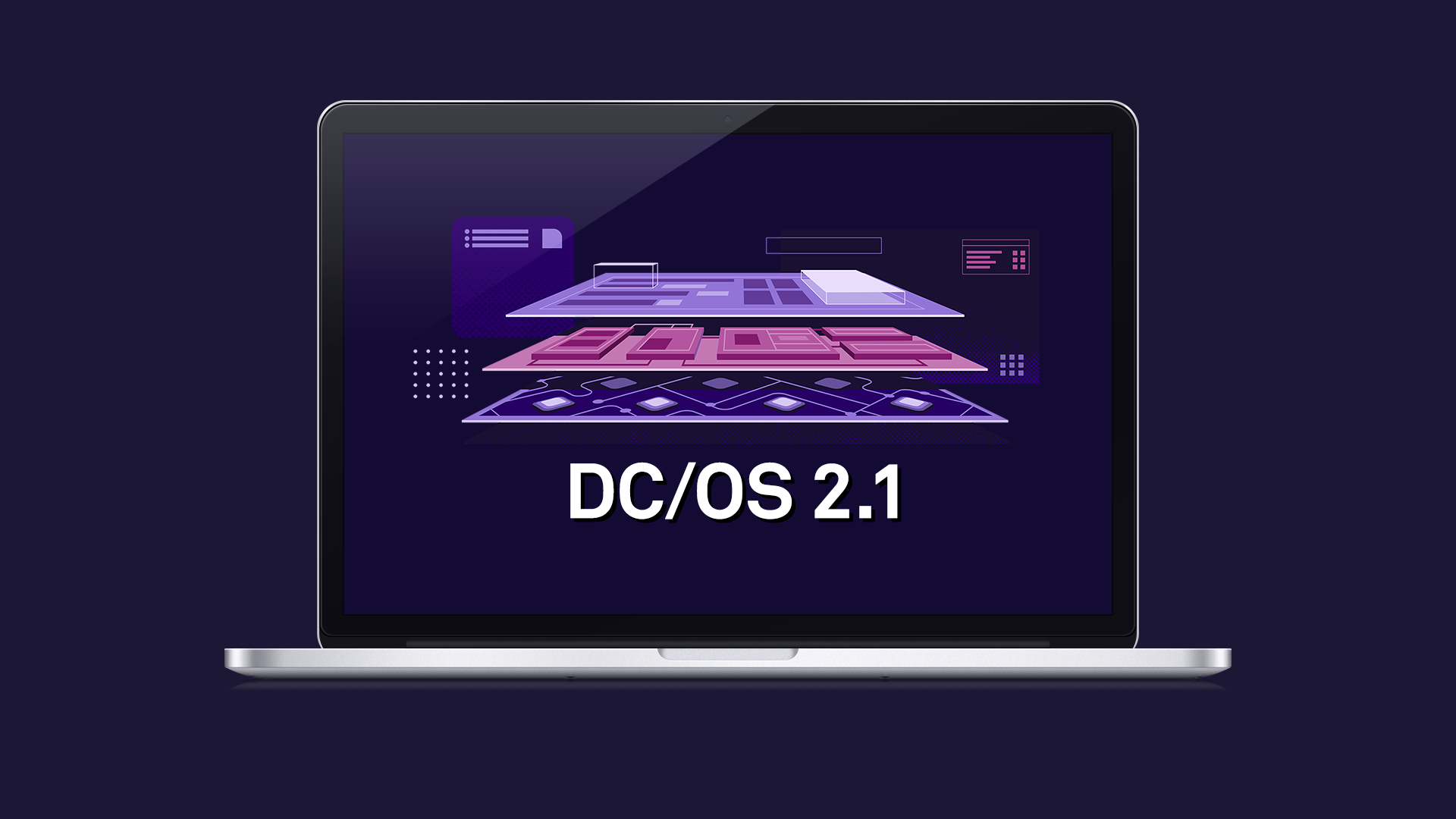New features enhance the Ksphere Single Enterprise Experience, strengthening your ability to run Enterprise Grade Kubernetes at scale on Day 2.

3 min read
Today we made Konvoy 1.5 and Kommander 1.1 generally available. In January, D2iQ defined a 12 month roadmap for Kommander and Konvoy. With these newest releases focused on the Single Enterprise Experience, that mission is halfway complete.
Here are some of the highlights of the latest releases:
- Enterprise Grade Day 2 Operations for 3rd Party Kubernetes Clusters—as stated in a previous blog, the same hybrid and multi cloud strategy has become tired and in need of innovation given that the Kubernetes API exists everywhere. With this feature, which we sometimes call “D2-ification,” Kommander further expands its management of 3rd party clusters such as EKS, GKE, OKE and AKS and deploys more of the Konvoy distribution onto those clusters, giving users a single operational view in Kommander.
- Access Controls for Different Users—the Kommander UI now understands your user role and shows you only the clusters you have access to. Previously, the Kommander UI was for the administrator only. It has now expanded to understand different roles and give them access to specific Workspaces. If you don’t have access to the Workspace or administrator role, then you do not see that Workspace in the UI. Since Kommander is really an extension of Kubernetes itself, Kommander always allowed for very granular access defined by the Kubernetes RBAC. However, previously those policies were only effective in the command line. Now, the UI understands your role and shows you just what you need to see.
- Cost Management —Kommander has integrated cost management so users can track their Kubernetes and cloud cost in real time. Even better, this featurealso understands your role in the organization. In the Kommander UI, the cost tracking is available on both a global administrator as well on a Workspace level. For example, our SREs track the global spending of all Kubernetes development work with our internal Kommander service, while engineering Directors only see the costs incurred by their individual teams.
- Infrastructure autoscaling for Supported Cloud Providers in Konvoy—Konvoy now supports infrastructure autoscaling. This feature helps with high availability and reduces cost by only utilizing infrastructure when needed.
As we do with every release, we’ve tested these at various scales to make sure they are suitable for production at all scales. The highlight was autoscaling, which we took for a little joyride and designed a test beyond anything we’ve seen in the community:
- Autoscale from 150 to 300 nodes of Konvoy on AWS to meet even the most demanding of scale requirements.
As previously blogged, this testing is designed to mirror our users requirements and the previous testing still holds up in this release:
- 500 master and 2,500 executors of Jenkins
- 1,000 concurrent Spark jobs launched via 50 operator instances.
- Terasort benchmark in ~22 minutes
- 4.6+ m Kafka messages per second with 300+M over life of test
- ~260K writes/second on Cassandra with the expectation we can easily reach 1m writes/second
What’s Next
The engineering teams are already working on the next step in our roadmap, the Single Ksphere Experience. As you can see from the latest release, Conductor, our learning platform, is already easily accessible in Konvoy and Kommander. At the end of the next cycle, expect richer integrations between our products. We will continue to expand our D2-ifying features as well, iterating on what we’ve delivered in Kommander 1.0 and 1.1.
Now that Kommander UI understands your role, we are also able to expand on the different user personas that we can offer in the UI. The options are as robust as those in the Kubernetes RBAC.
Soon we will be releasing the roadmap for the next 18 months. Hang tight!









